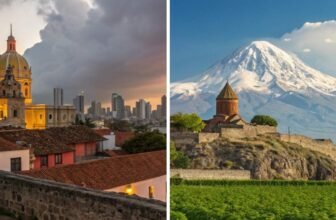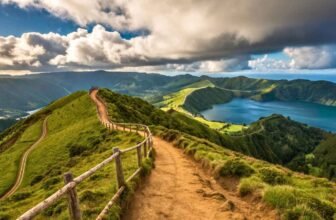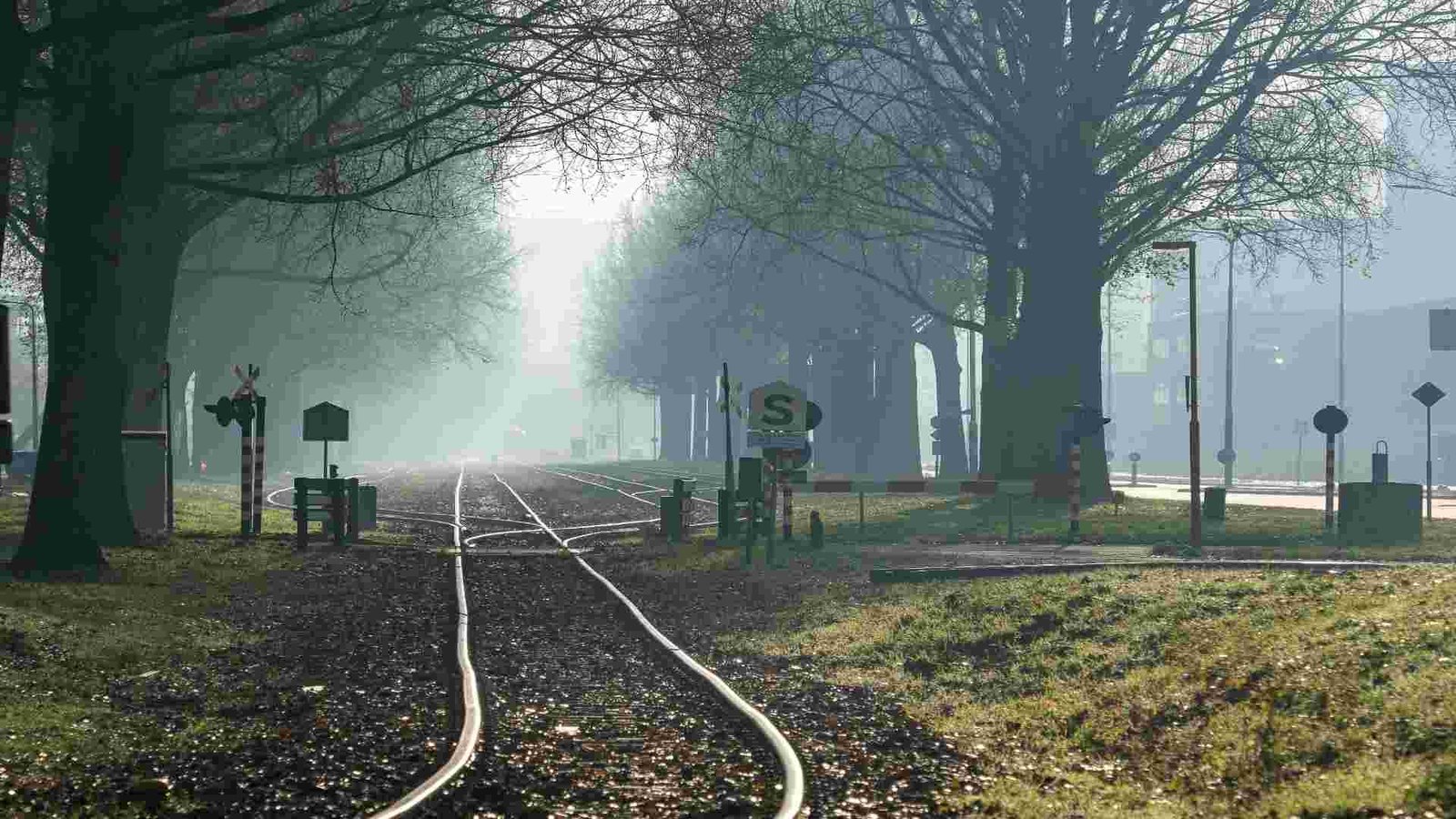

Steel sings underfoot before you ever see the train—the air trembles, a horn threads the horizon, and dust rises like memory. We chase that sound because it promises wonder, discovery, and a little danger: the feeling of going somewhere true.
In an age of crowded hotspots and copy-paste itineraries, railroad towns offer what travelers crave now—authentic streets, working history, and communities shaped by motion. Follow the rails and you’ll find slow breakfasts, star-lit depots, and stories that rewire how you see America. Ahead, a curated route to the sixteen places where the whistle still calls—and how to experience them best.
1. Jim Thorpe, Pennsylvania
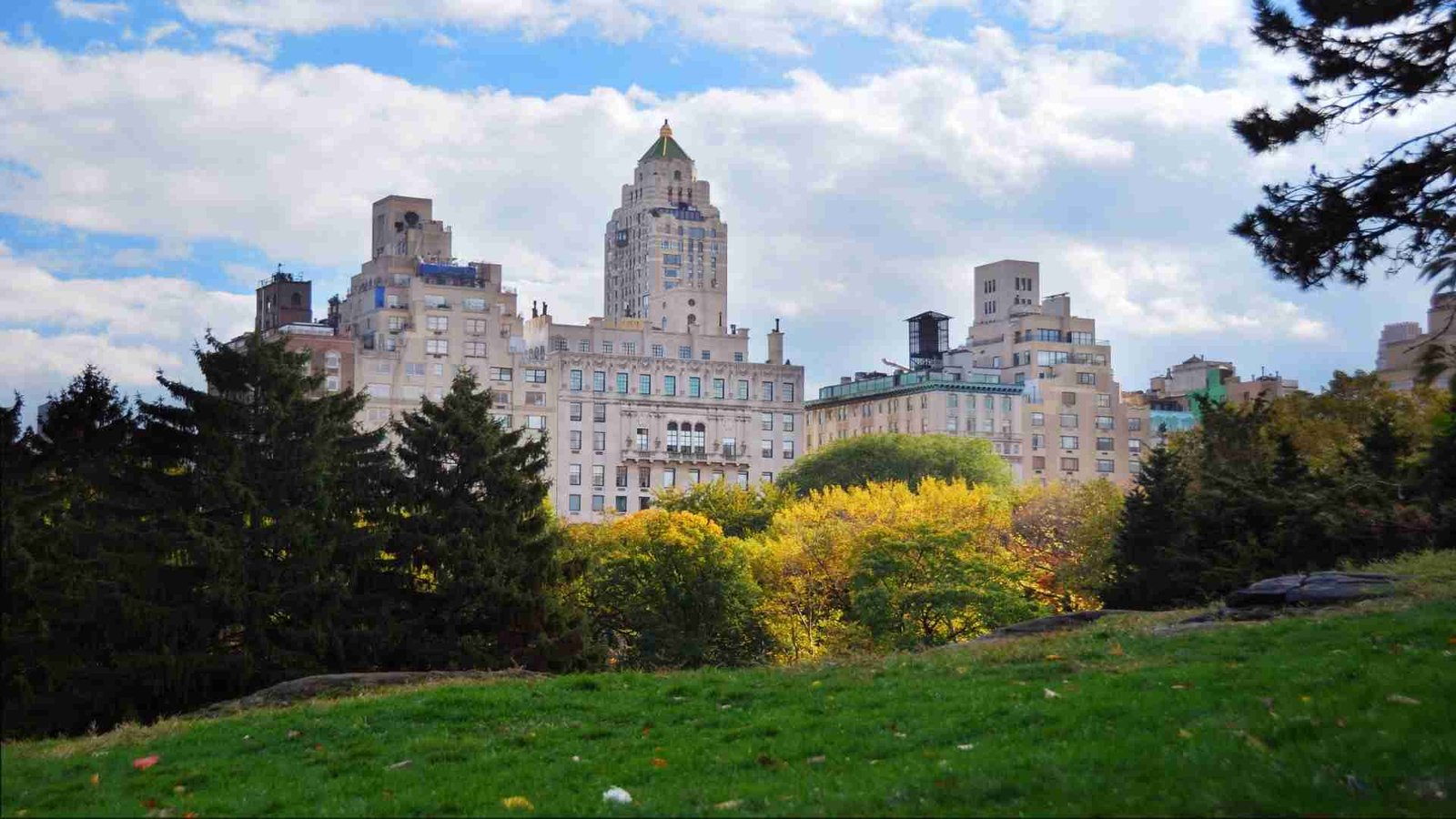
Nestled in the Pocono Mountains, Jim Thorpe feels like stepping into a living storybook, where the clang of old trains echoes through forested valleys and Victorian façades gleam under mountain light. Once a bustling coal hub known as “The Switzerland of America,” it now attracts travelers chasing both nostalgia and adventure. The Lehigh Gorge Scenic Railway winds along the river, offering views that feel suspended between eras.
Evenings here are cinematic—cobblestone streets lit by warm lanterns, the faint scent of wood smoke, and live folk music spilling from taverns. The blend of industrial grit and romantic charm lingers long after you leave. For many, the memory of a fall foliage ride through mist-filled canyons defines autumn itself.
Practical Information
- Peak/Off-peak: Autumn (Sept–Oct) for color; winter is quieter with snow-dusted charm.
- Getting there: 1.5 hrs from Allentown or 2 hrs from Philadelphia by car.
- Duration: 2–3 days.
- Must-try: Scenic train ride, Switchback Trail hike, Old Jail Museum.
- Budget: Mid-range; B&Bs dominate.
- Etiquette: Locals value preservation—stay on marked paths.
- Photo tip: Capture the railway bridge at sunrise when fog hugs the Lehigh River.
2. Altoona, Pennsylvania
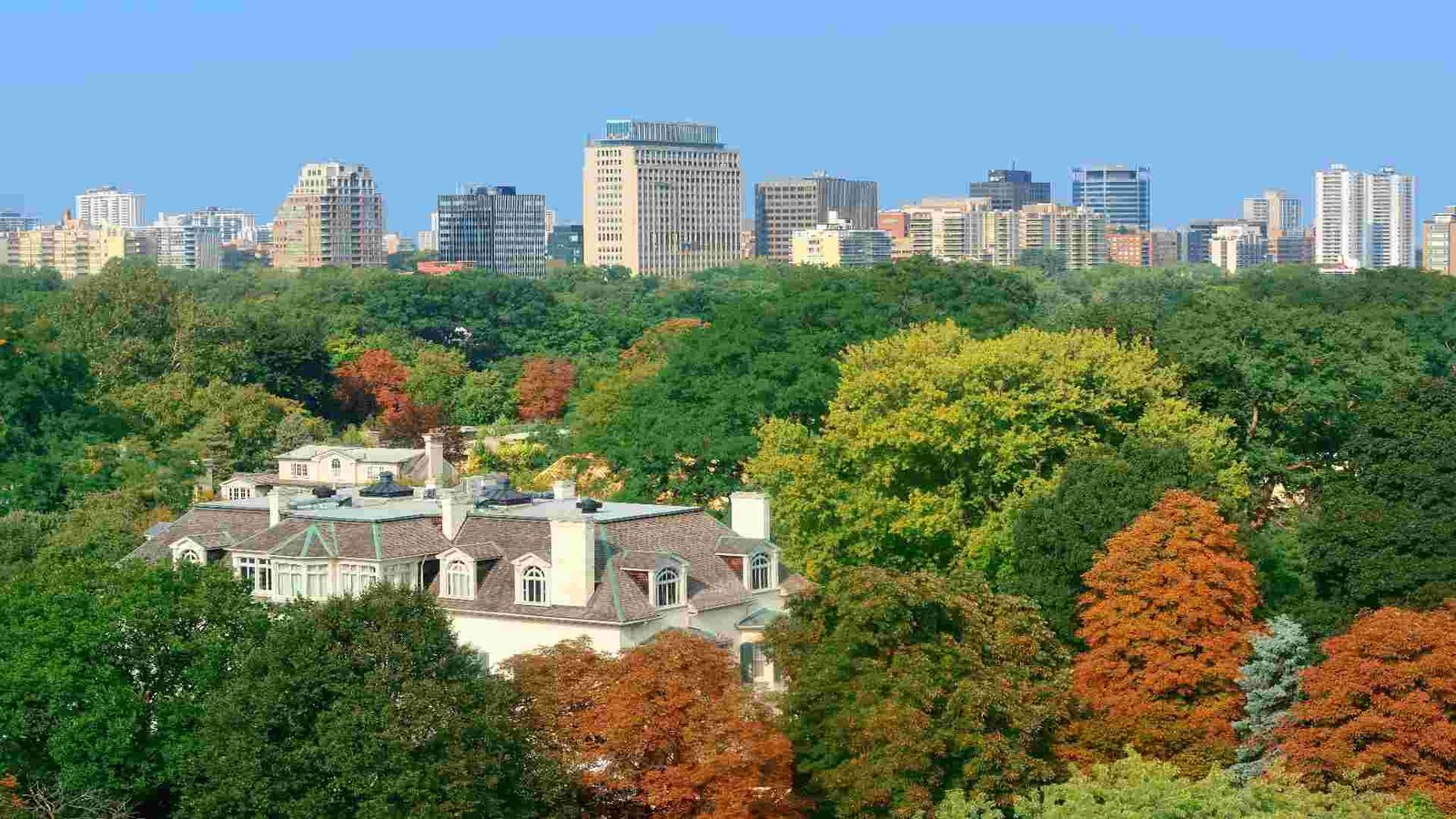
Altoona is railroad history in motion. The Horseshoe Curve, engineered in 1854, still amazes travelers with its precision—a steel-and-earth monument to American ingenuity. Watching modern locomotives curve through mountain terrain where steam once ruled connects visitors directly to the golden age of rail.
Locals share stories like family heirlooms—tales of workers who braved blizzards to keep trains moving. Standing at the Railroader’s Memorial Museum, you sense not just nostalgia but pride. The rhythmic clatter from passing freight lines adds an almost meditative hum to the city’s soundtrack.
Practical Information
- Peak/Off-peak: Summer for tours; late fall offers fewer crowds.
- Getting there: Amtrak Pennsylvanian stops daily; easy car access from I-99.
- Duration: 1–2 days.
- Must-try: Horseshoe Curve National Historic Landmark, museum exhibits, and a ride on Amtrak’s curve route.
- Budget: Affordable; museums charge small fees.
- Etiquette: Locomotive buffs are plentiful—chatting with them often leads to insider tips.
- Photo tip: Panoramic shots of the curve at golden hour.
3. Snoqualmie, Washington
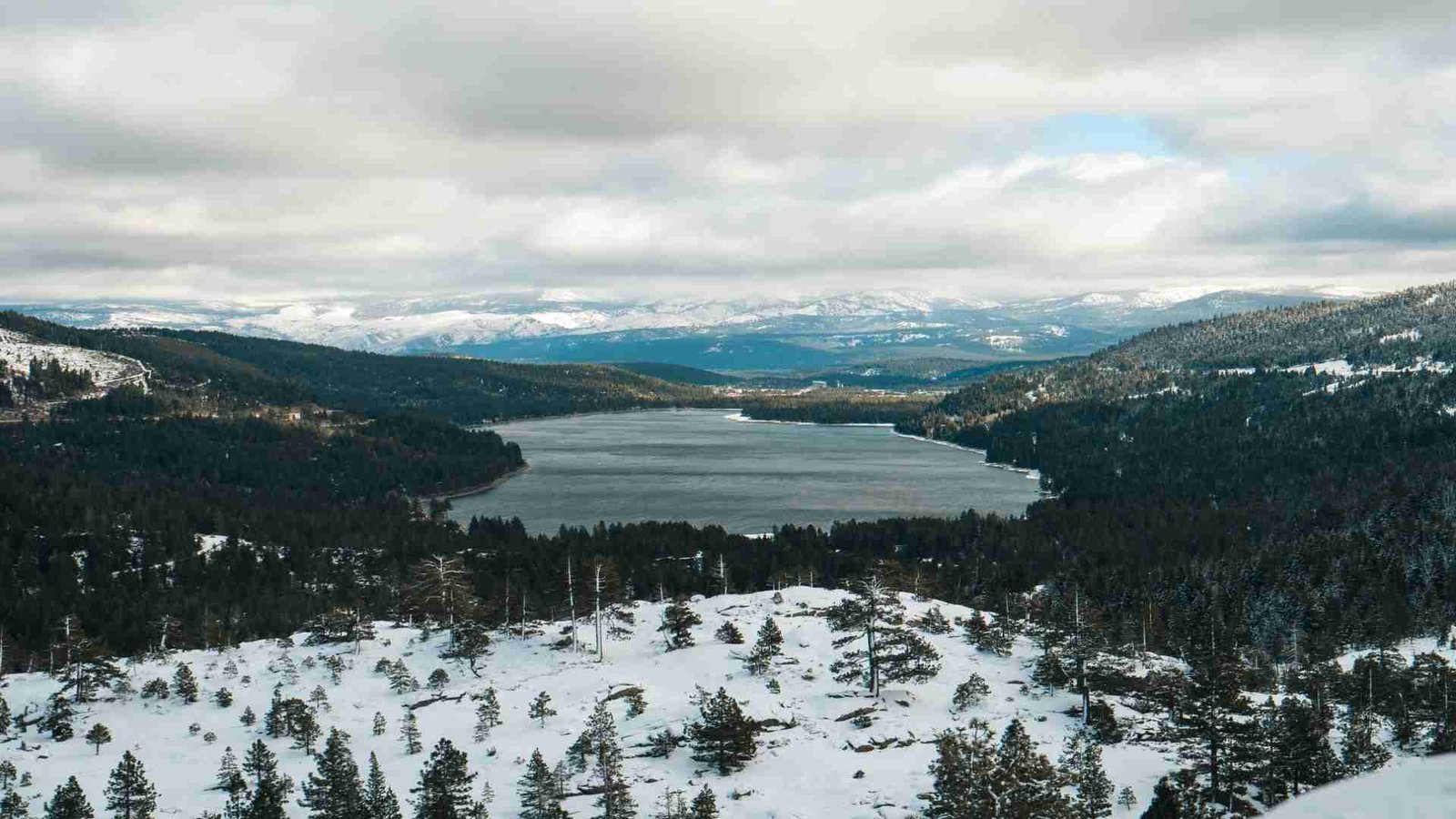
A short drive from Seattle, Snoqualmie’s misty forests and thunderous falls frame one of America’s most photogenic railway towns. The Northwest Railway Museum preserves century-old engines amid emerald evergreens, while the Snoqualmie Falls plummet dramatically beside them—a rare pairing of nature and industry.
Visitors often describe the experience as “transportive.” Steam whistles echo through rain-soaked trees, evoking a Pacific Northwest dreamscape that feels both rugged and serene. Cafés serve espresso in repurposed depot buildings, blurring modern comfort with frontier nostalgia.
Practical Information
- Peak/Off-peak: Summer is best; spring offers misty photo ops.
- Getting there: 40 min drive from Seattle via I-90.
- Duration: 1–2 days.
- Must-try: Snoqualmie Falls Park, railway museum train excursions, local craft coffee.
- Budget: Moderate; day trips possible.
- Etiquette: Respect indigenous heritage signs—many sites are sacred.
- Photo tip: Capture locomotives with the falls’ spray at sunrise for a cinematic shot.
4. Caliente, Nevada
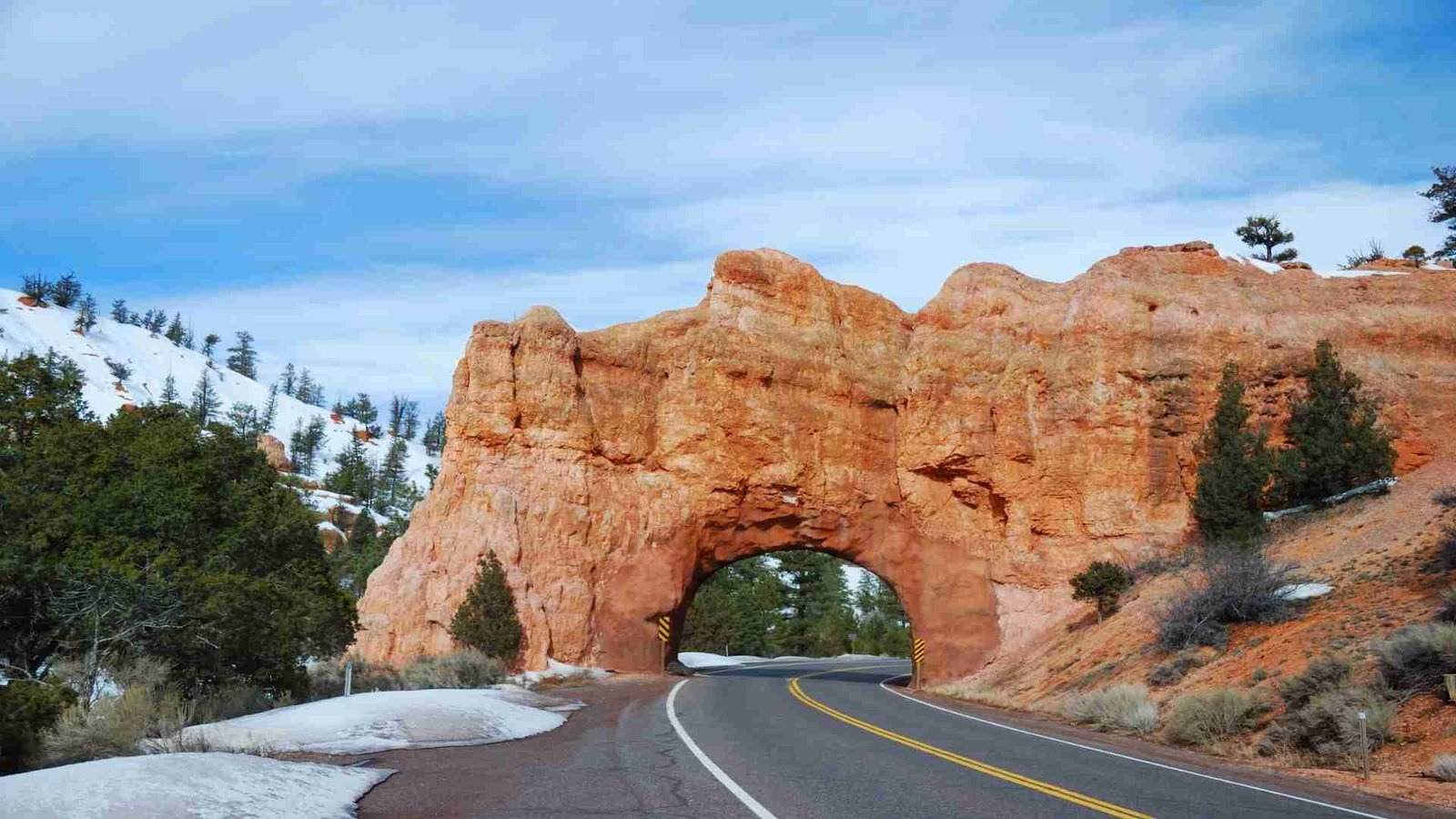
In the Mojave’s quiet expanse, Caliente surprises travelers with Spanish-style architecture and a timeless depot glowing beneath desert skies. Once a key Union Pacific stop, the mission-style station still anchors the town’s identity. The surrounding Pioche hills hold whispers of miners and drifters who once rode the same rails.
Night here is unforgettable: warm desert wind, a sky ablaze with stars, and the soft rumble of freight trains echoing through sandstone canyons. It’s a place for travelers who crave solitude wrapped in story.
Practical Information
- Peak/Off-peak: Spring and fall for mild weather; summers are scorching.
- Getting there: 2.5 hrs north of Las Vegas by car.
- Duration: 1–2 days.
- Must-try: Historic Depot Museum, Cathedral Gorge State Park, local diners.
- Budget: Budget-friendly motels.
- Etiquette: Keep noise low at night; the community values peace.
- Photo tip: Golden-hour depot shots with desert backdrops.
5. Glenrio, Texas / New Mexico
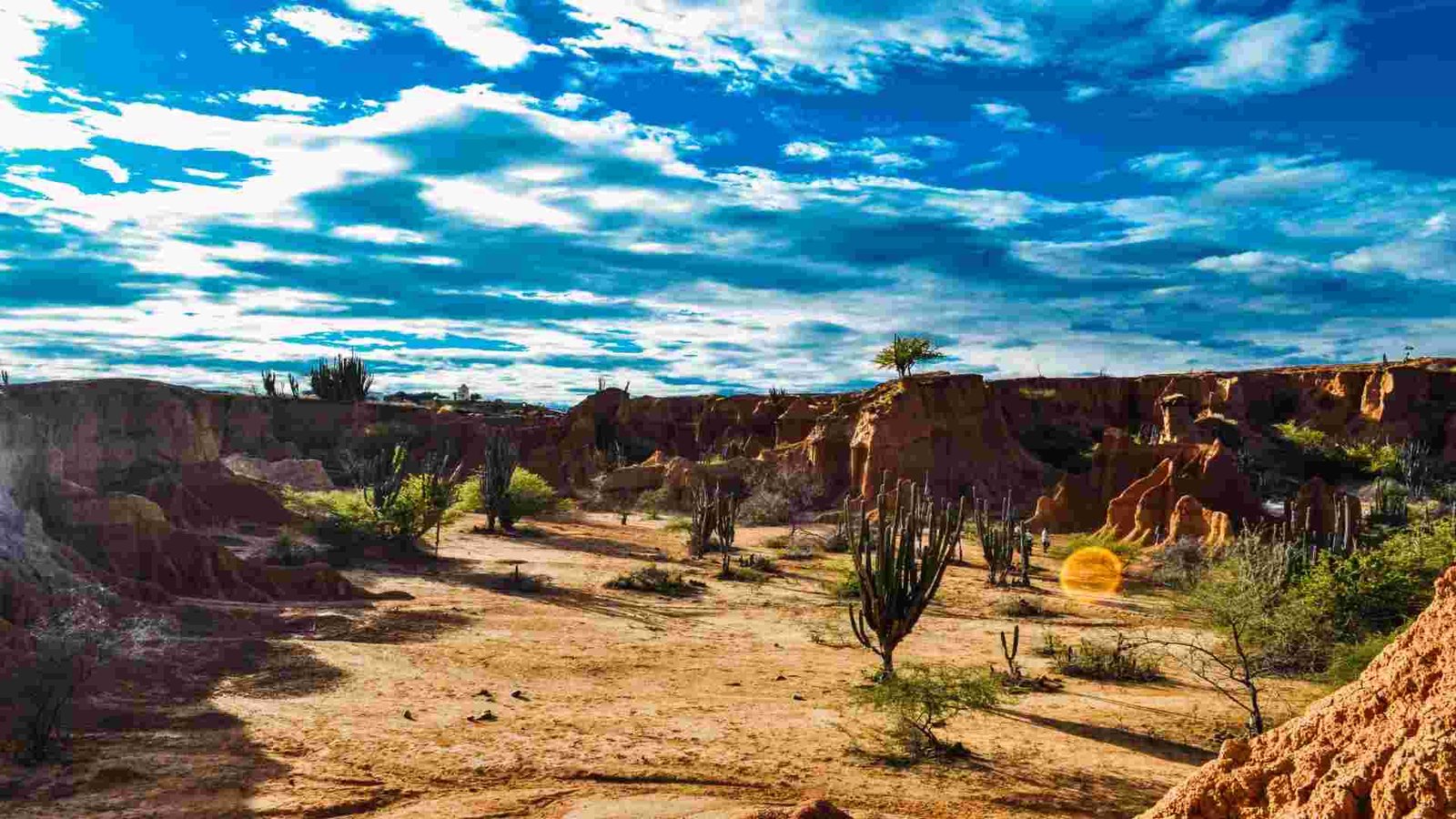
Perched along the ghostly stretch of Route 66, Glenrio straddles two states and eras at once. The silence is cinematic—the remnants of the railroad, vintage motels, and neon signs flickering under endless plains sky. It’s less a town and more a time capsule where travelers feel the hush of America’s forgotten highways.
Walking past the abandoned depot, you can almost hear laughter from long-gone travelers and the hiss of brakes on dusty rails. For photographers, historians, and dreamers, Glenrio is hauntingly magnetic.
Practical Information
- Peak/Off-peak: Spring/fall for comfort; summer heat intense.
- Getting there: Off I-40 near the TX/NM border; best by car.
- Duration: Half-day to 1 day.
- Must-try: Route 66 remnants, old motel signs, sunset over the plains.
- Budget: Free exploration; nearest lodging in Tucumcari.
- Etiquette: Don’t trespass—many structures are fragile.
- Photo tip: Sunset silhouettes of rail tracks and signage evoke pure Americana.
6) Saint Elmo, Colorado — The High-Altitude Time Capsule
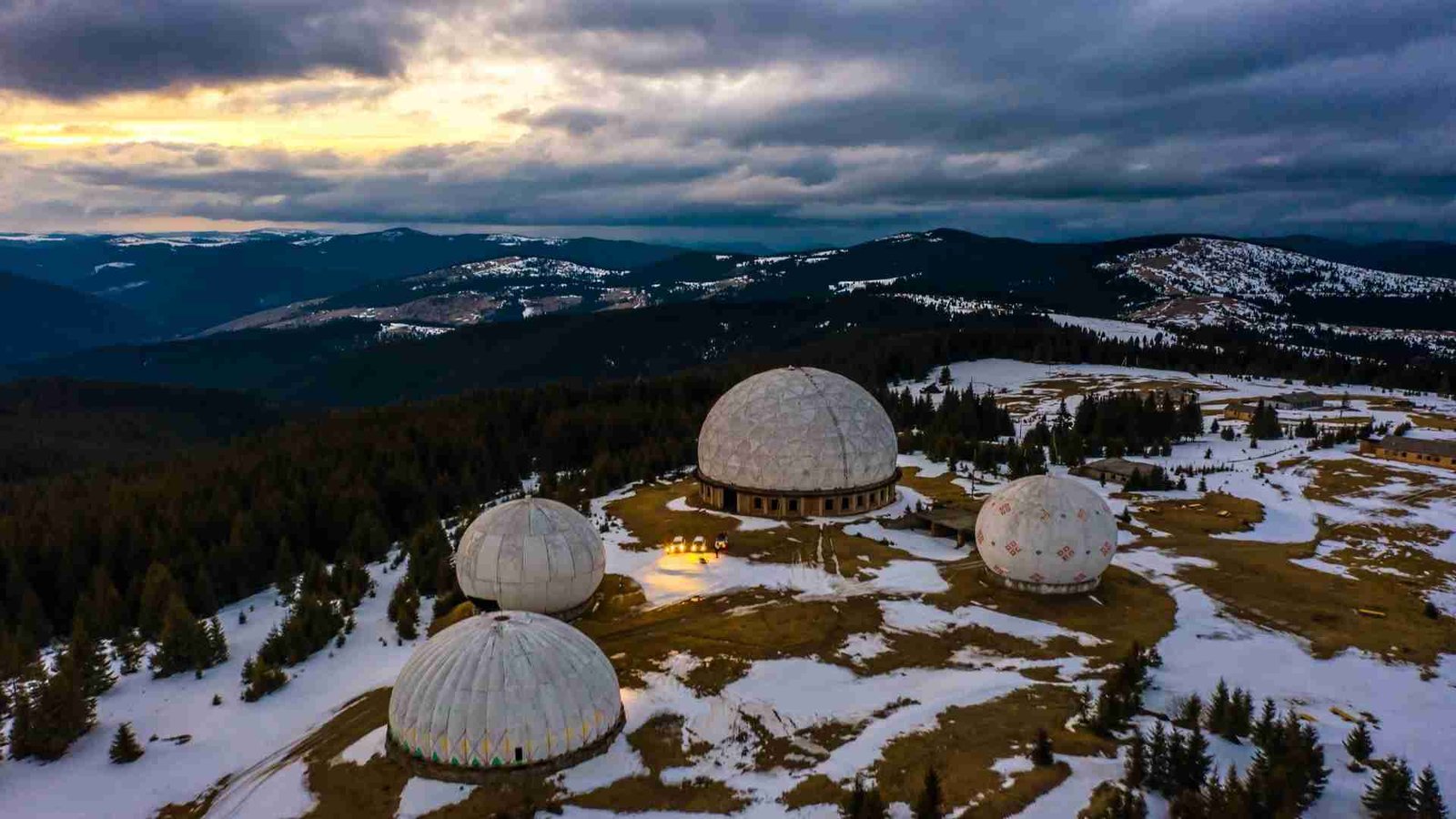
In this near-perfectly preserved ghost town, the soundtrack isn’t a train whistle but the hush of alpine wind skimming false-front storefronts. The railroad once hauled ore; today, silence hauls your attention. What makes Saint Elmo special is the feeling that someone just stepped out of the general store for five minutes… a century ago.
Alternative angle: Come for trains, stay for texture. Flaking paint, iron hardware, and glass that warps mountain light give photographers a playground of details.
Scenario that sings: Late afternoon summer storm. Thunder rolls off the Collegiate Peaks, and gold light ignites the street after rain—thirty minutes of absolute magic.
Field Notes (quick-scan)
- Season & skies: Late June to Sept for wildflowers; Oct for larch and aspen gold; winters are serious and access varies.
- Access & getting around: 2WD to town in summer; some side roads need high clearance. Walk Main Street slowly.
- Time budget: 2–4 hours plus scenic drives.
- Essentials to do: Explore historic buildings, chipmunk feed at the old store, alpine lake detours nearby.
- Spend smart: Mostly DIY; bring snacks and water.
- Respect: No trespass inside fragile structures.
- Shoot list: Door hardware close-ups, dust motes in window light, storm-clear sunsets.
7) Stevenson, Alabama — River Meets Rail
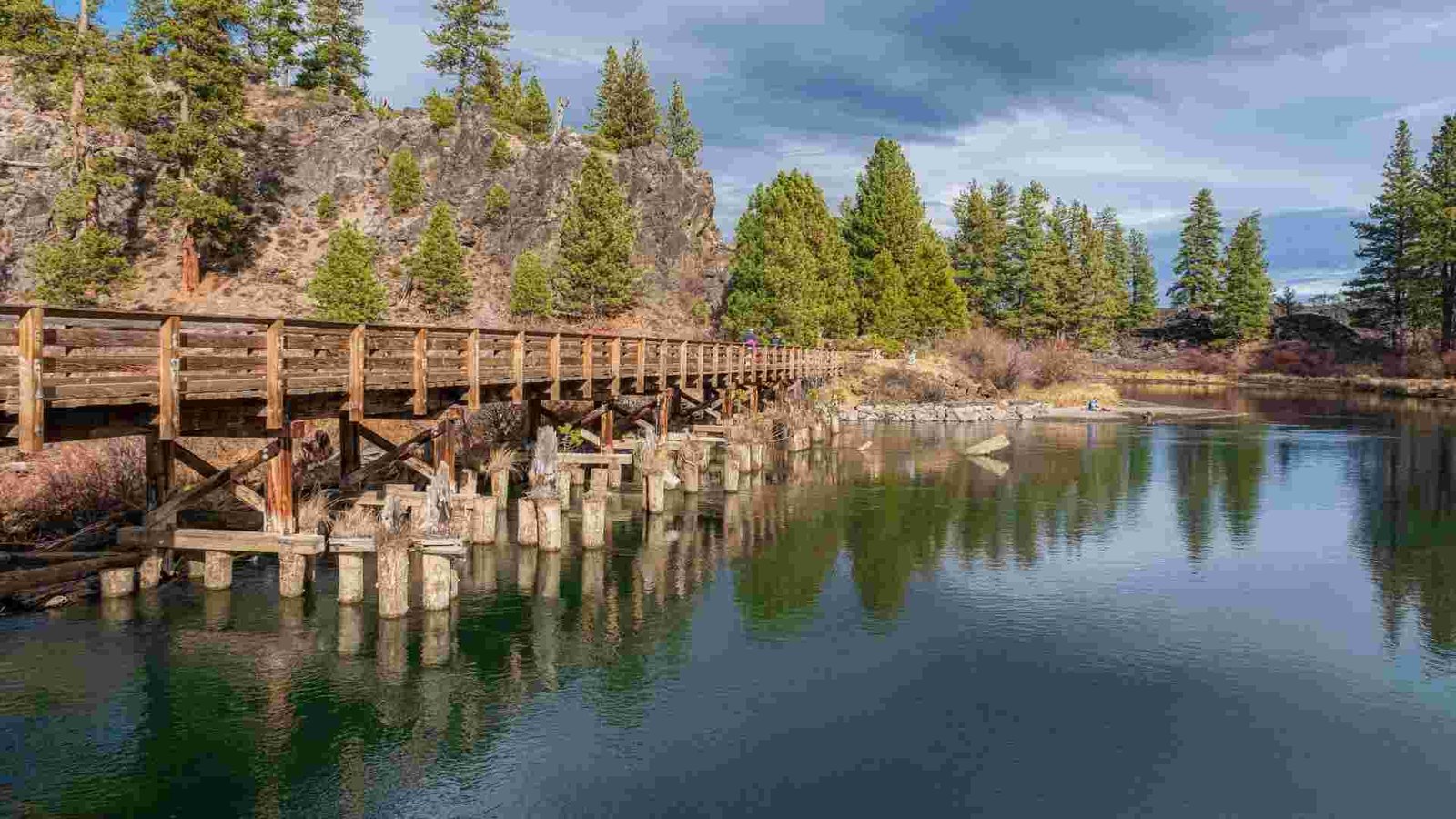
Stevenson is where two American arteries cross: the Tennessee River and the rails that once stitched the South together. Instead of a museum-only experience, you feel how rail shaped everyday life—depots near porches, tracks threading neighborhoods, river barges gliding past.
Lesser-known lens: Civil War rail logistics echo here; the town’s junction mattered tactically, and that story still whispers from plaques and platforms.
Signature scenario: A blue-hour stroll when cicadas buzz, a freight crawls, and river mist softens the streetlights—ordinary life elevated.
The “If This Is You…” Guide
- Weather-flex: Spring wildflowers and mild temps; fall is crisp and crowd-light; mid-summer is humid but photogenic at dusk.
- Arrive & roam: Drive via US-72; park once and walk the junction triangle of depot, main street, and riverfront.
- Stay length: 1 easy day.
- Do this: Depot museum, riverbank picnic, watch freights from a safe pull-off.
- Wallet notes: Low-cost small-town eats; museum fees minimal.
- Etiquette cue: Wave. This is a front-porch town.
- Photo targets: Headlight trails at blue hour, river reflections, telephoto compressions of train-and-porch layers.
8) Kelso, California — Desert Cathedral of the Rails
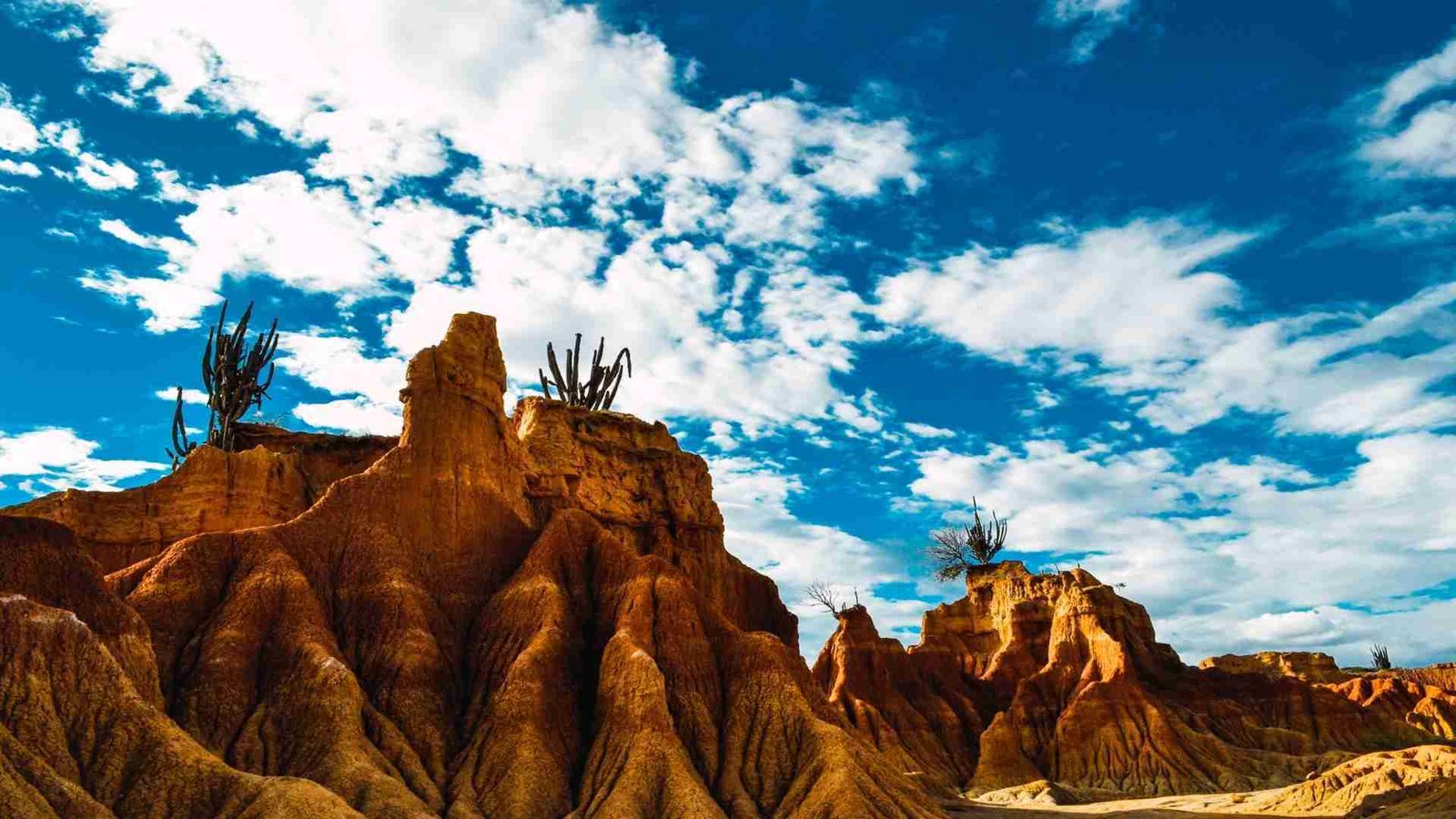
The Mission Revival–style Kelso Depot rises from Mojave sands like a mirage. Trains still thunder by, but the star is space—dunes, lava fields, big sky. This is a railroad town turned desert waystation, where the luxury is silence measured in miles.
Under-the-radar angle: Night sky. With near-zero light pollution, stargazing beside the depot can feel like standing in a planetarium with freight rumble for bass.
Unforgettable moment: Pre-dawn at Kelso Dunes. You hear your own footsteps in the cool sand, then a distant horn. The first pink light hits the depot and the desert breathes.
Plan-on-a-Card
- Best windows: Oct–April for mild days; summer heat is extreme.
- Getting there: Drive only; carry ample water and a spare tire.
- Time need: Half-day if passing through; full day with dunes.
- Do first: Depot visitor center, Kelso Dunes hike, lava beds lookout.
- Budget vibe: Mostly free public lands.
- Desert manners: Pack out everything; give trains wide berth.
- Shots to bag: Depot at first light, minimalist sand ridgelines, Milky Way over tracks.
9) Cleburne, Texas — Workshop of the Prairie
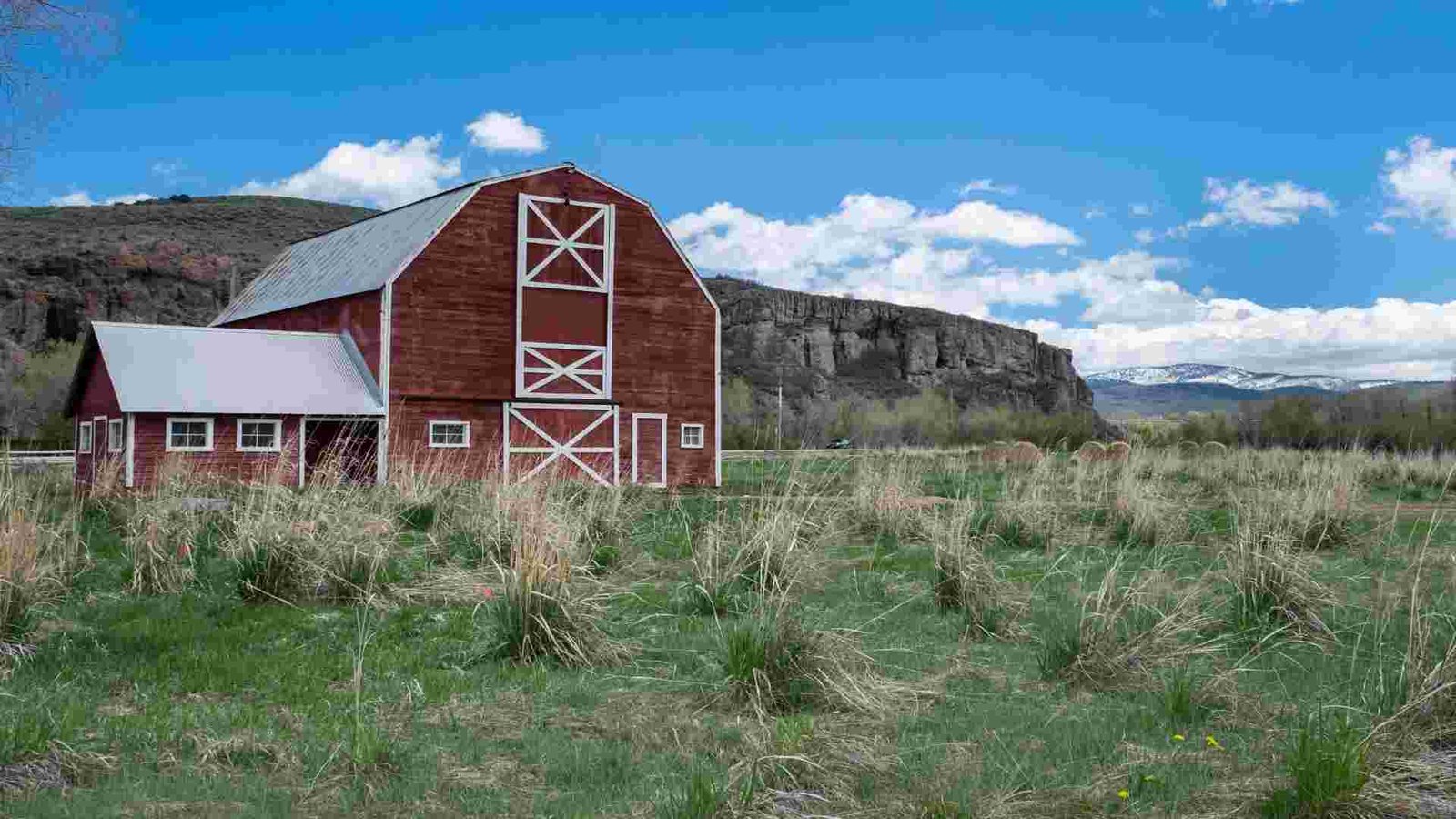
Cleburne’s personality is hands-on. Where some towns curate, this one builds—its rail heritage tied to big-shop craftsmanship and prairie grit. You sense it in the geometry of sidings, in murals that celebrate workers, in the way locals talk about the railroad like family.
Different lens: Pair rail history with small-batch Texas—barbecue, antiques, maker spaces. The story becomes rail meets revival.
Memorable scene: Saturday morning. A yard dog barks, smoke curls from a pit, a bell rings down the block—everyday sounds in four-four time.
Pocket Itinerary + Costs
- When to roll: Oct–April for cool, sunny exploring; summers are toasty but evenings shine.
- Get in & about: Easy drive from DFW; park downtown and bike the grid.
- How long: One day plus dinner.
- Musts: Depot area, worker-history murals, courthouse square cafes.
- Spend: Meals and treats moderate; attractions mostly low-fee or free.
- Local code: Say hello, mind private property near rails.
- Photo menu: Wide-angle mural + track juxtapositions, golden-hour courthouse, smoked-meat curls in window light.
10) Katy, Texas — The Small Town With a Big Whistle
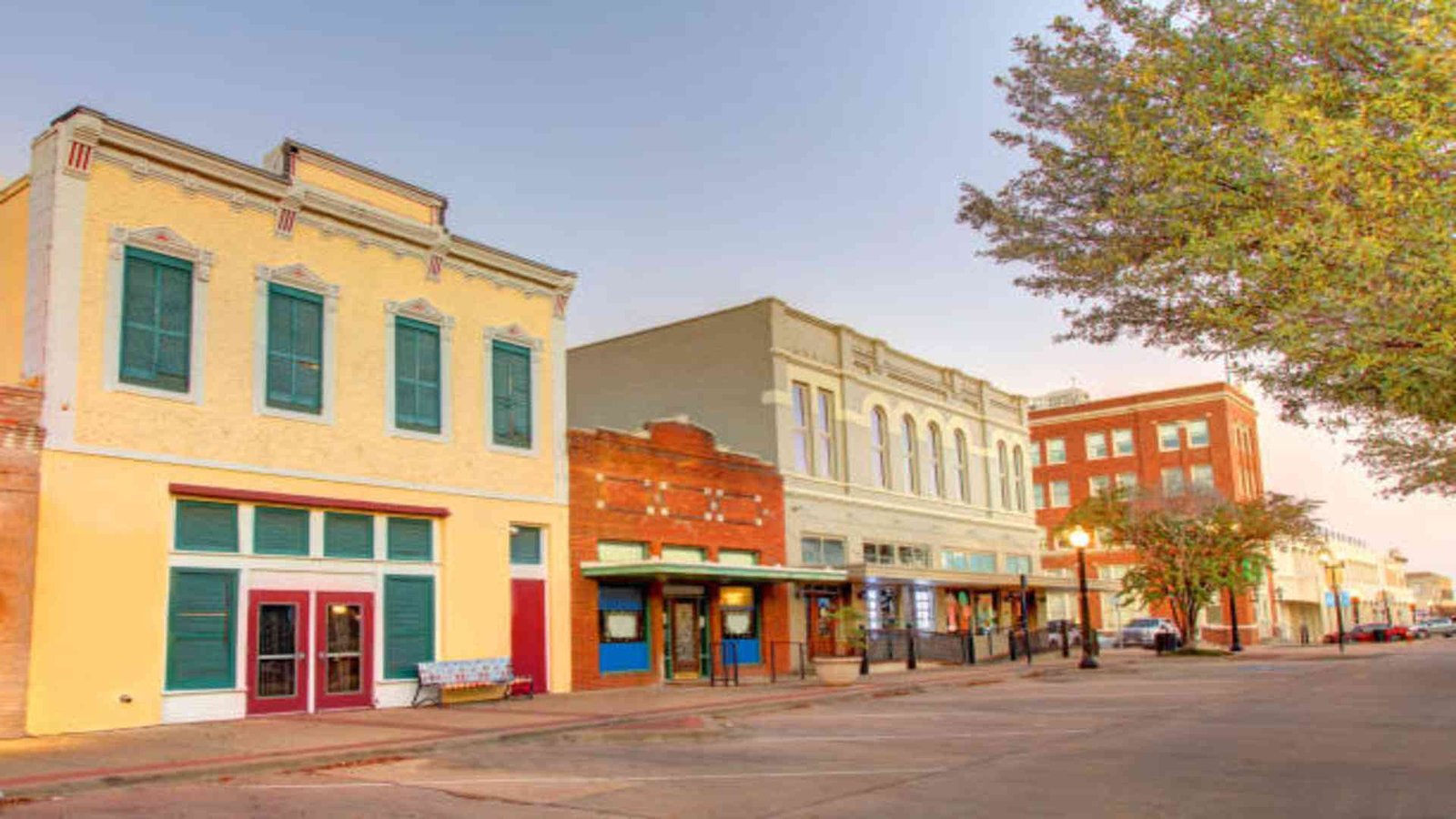
Katy is a family-friendly portal into Gulf Coast rail heritage, wrapped in parks, museums, and weekend festivals. The pace is easy, and the narrative is approachable: rail as community builder, not just industry. Kids light up at rolling stock; adults linger over food halls and live music.
Fresh angle: Floodplain resilience. See how a rail-born town adapted with greenspaces and levees; it reframes heritage as living infrastructure.
Perfect scenario: Late afternoon in spring. Azaleas pop, a horn drifts in, and the plaza fills with neighbors. It is soft-focus Americana without trying.
- Grid Planner
- Calendar & climate: Spring wildflowers are peak; fall is dry and comfy; summers hot but lively in the evenings.
- Arrive & move: Quick hop from Houston via I-10; park once and stroll museum–plaza–food loop.
- Time slice: 4–6 hours, expandable with dinner.
- Essentials: Heritage park and depot displays, local breweries, weekend markets.
- Costs: Family-friendly; museum donations or small fees; food scene ranges widely.
- Cues: Keep playgrounds clear for kids, mind lines near displays.
- Frames: Kids by caboose wheels, twilight string lights over the plaza, candid vendor portraits.
11) Havre, Montana — The Great Northern’s Underworld Surprise
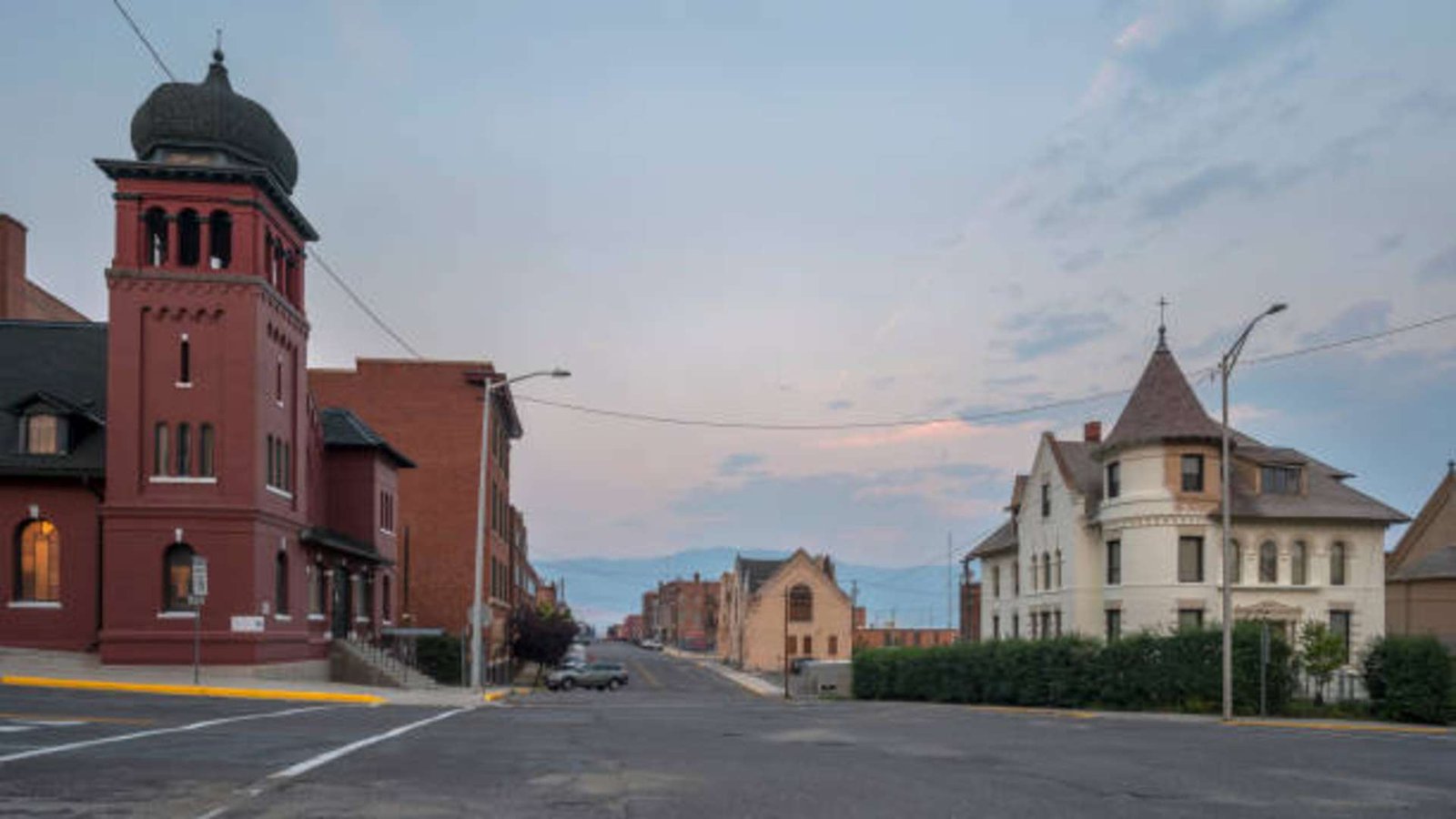
Beneath the windswept Hi-Line, Havre hides a second city. After a fire in 1904, shopkeepers moved underground; today you can walk those brick-arched passages where a bakery, saloon, and opium den once carried on below the rails. Above ground, the Empire Builder still slips past, tying present travel to the mythic Great Northern.
Hidden gem: Havre Beneath the Streets tour, then sunset at the Milk River levee where prairie light goes molten.
Insider tip: Ask about railroad nicknames; locals’ lore animates the town more than any signboard.
Practical, remix-style
- Seasons: Spring wild skies; fall is crisp; winters brutal but beautiful.
- Arrive/roam: Amtrak Empire Builder or US-2; walkable core, bike for levee.
- Time box: Underground tour + museum = ½ day; add 1 day for Hi-Line rambles.
- Musts: Railroad museum, underground city, Hi-Line Brewing.
- Budget: Easy on the wallet; book trains early.
- Etiquette: Photograph respectfully underground; voices carry.
- Photo cue: Train lights streaking past ghost-sign brick.
12) Ely, Nevada — Steam That Still Breathes
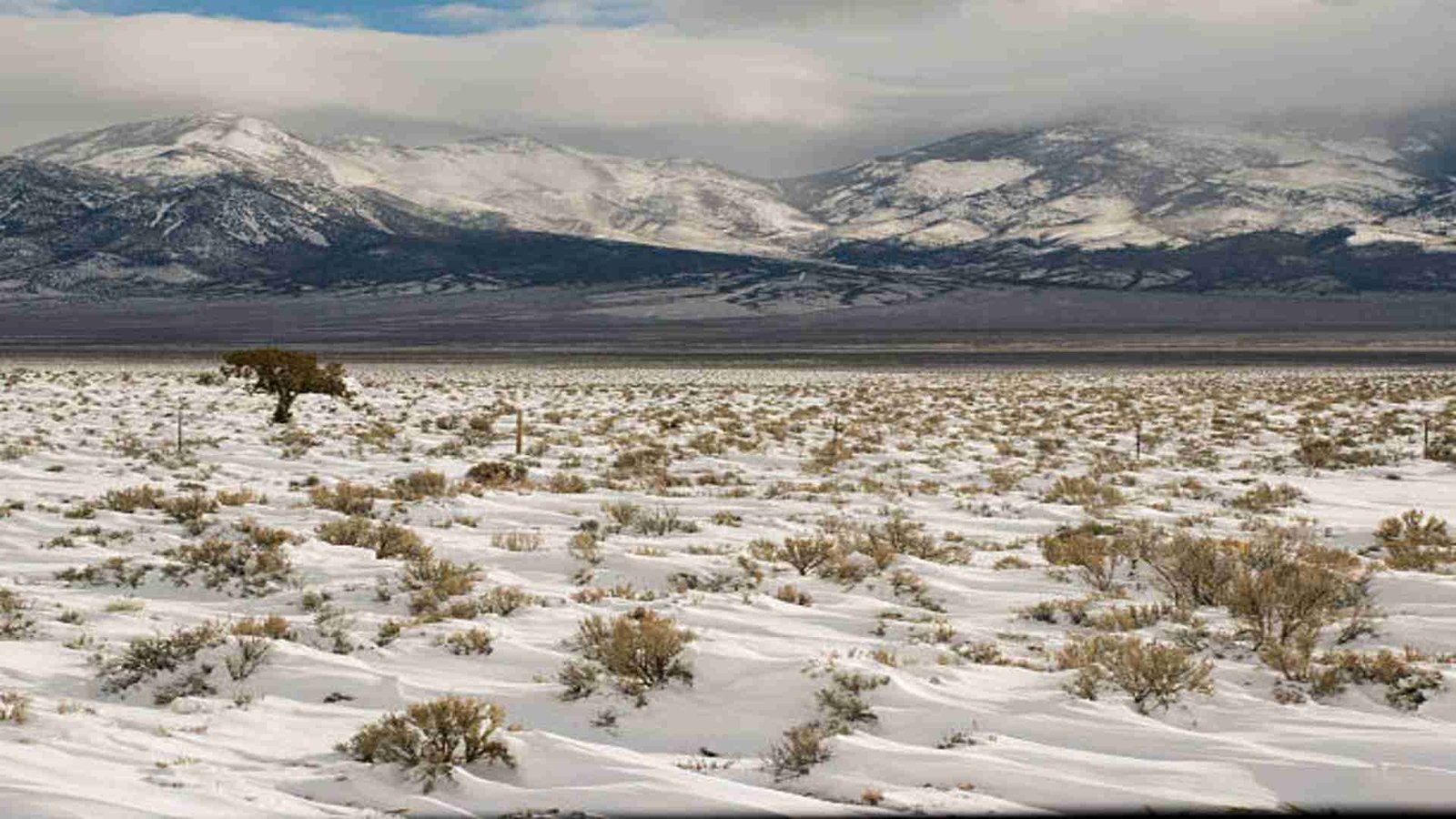
Ely’s Nevada Northern Railway isn’t a display; it’s a living machine. Oil, cinders, and the hiss of steam turn the yard into time travel. Night photo shoots let you set up tripods while crews pose locomotives in theatrical light. Nearby, Ward Charcoal Ovens and the dark skies of Great Basin add desert grandeur.
Hidden gem: The “Be the Engineer” cab ride experiences sell quickly; few places let you feel throttle in hand.
Insider tip: Book a star-train or winter photo charter for sparks against snow.
Pocket playbill
- When: Oct–Apr for cool steam; summer evenings great; monsoon clouds = drama.
- Reach: US-50 or US-93; small-town grid once you’re in.
- Stay: 1–2 days; align with train schedules.
- Do: Steam excursion, enginehouse tour, Ward Ovens, garnet hunting.
- Spend: Experiences are the splurge; everything else modest.
- Culture: Ask first before climbing equipment; crews are friendly pros.
- Shots: Backlit steam plumes, blue-hour yard, stars over rails.
13) Sharon Springs, Kansas — Mineral Waters and Quiet Rails
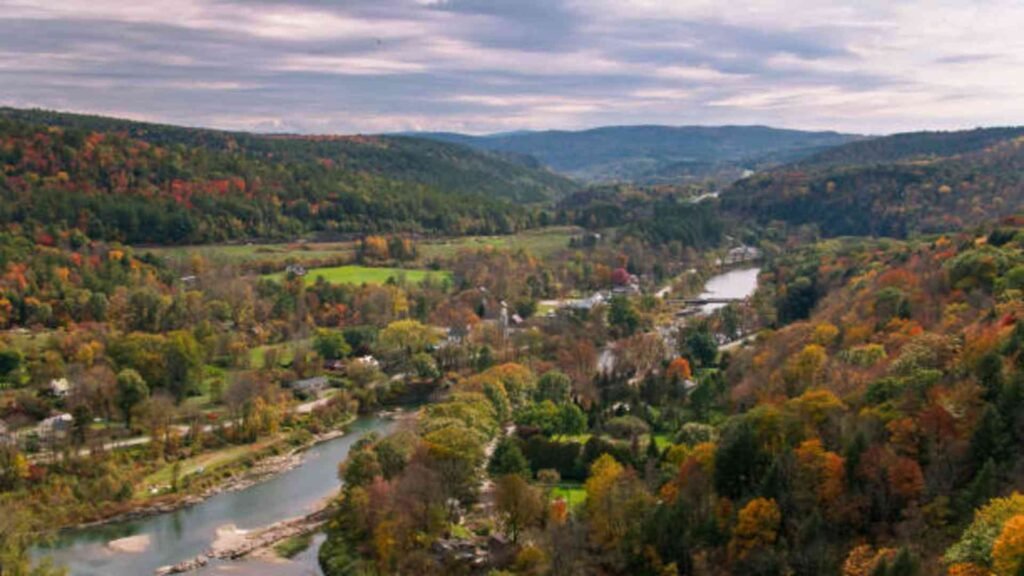
On the High Plains, Sharon Springs is a hymn to restorative travel. The railroad brought bathers to its mineral springs; today, travelers come for slow food, handsome brick storefronts, and prairie silence you can drink like tea. It is small, sincere, and perfect for those who collect stillness.
Hidden gem: A chef-driven inn that sources from nearby farms; dinner becomes a plains terroir lesson.
Insider tip: Time your visit with a sandhill crane migration window; dusk skies write poetry over the tracks.
“Match your mood” guide
- If you want ritual: Morning springhouse stroll, journal on the platform bench.
- If you want taste: Local beef, garden sides, a slice of pie that rewires your day.
- If you want motion: Gravel-road cycling loops parallel to the rails.
Nutshell facts
- Best months: Apr–Jun blooms; Sep–Oct gold light.
- Access: US-40; bring wheels.
- Duration: 24 calm hours.
- Budget: Reasonable; make dinner your one big splurge.
- Etiquette: Wave at everyone; you’ll get waves back.
- Photo idea: Lone grain elevator with a passing freight, big-sky negative space.
14) Jerome, Arizona — A Cliffside Echo With a Rail Heart
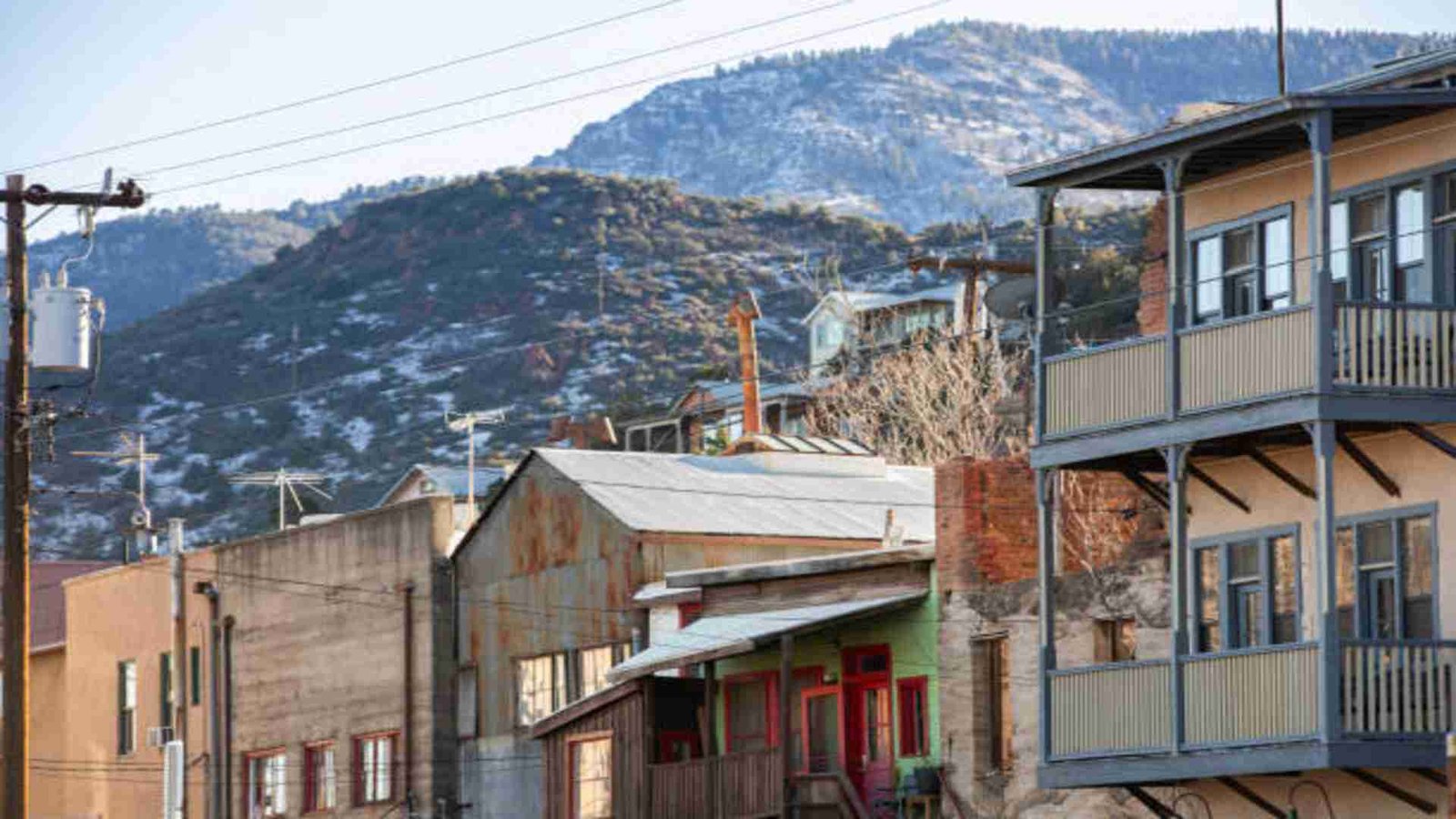
Perched on Cleopatra Hill, Jerome looks like it defies gravity. The railroad once hauled copper and dreams; now artists and vintners fill the switchbacks with color. You feel the boom-and-bust pulse in its tilted sidewalks and creaking stairways, a town still improvising new verses from old chords.
Hidden gem: The Audrey Shaft headframe with glass viewing—look straight down a 1,900-foot mine.
Insider tip: Pair Jerome’s hillside wander with the Verde Canyon Railroad out of nearby Clarkdale for canyon-and-wine symmetry.
Jerome as a 3-act play
- Act I — Morning: Espresso, ghost-town balcony views, galleries opening.
- Act II — Afternoon: Mining museum, headframe, winery flights, skip the steepest parking and use shuttle.
- Act III — Evening: Copper-toned sunset, live blues from an upstairs bar, night air that smells like piñon.
Quick specs
- Best seasons: Oct–Apr; summers hot but breezy after 5.
- Access: Winding AZ-89A; drive with patience.
- Stay: 1 night ideal.
- Budget: Mid to splurge on tastings.
- Etiquette: Mind narrow sidewalks and residents’ driveways.
- Photos: Neon against rusted metal, staircases zigzagging through golden hour.
15) Cairo, Illinois — Confluence, Ruins, and the Long View

At the meeting of the Ohio and Mississippi, Cairo is a meditation on American crossroads. You come for river power and rail relics and leave thinking about commerce, migration, and time. Blocks of faded grandeur face levees where tugboats push modern freight—the past and present shaking hands.
Hidden gem: Magnolia Manor tours reveal parlors that once hosted steamboat captains; the levee road frames long-haul trains against big water.
Insider tip: Bring a telephoto lens; compressing barge and bridge lines tells Cairo’s story in a single frame.
Field card
- When to go: Spring and fall for soft air; check river levels.
- Getting there: Car via US-51 or US-60/62; distances stretch in this corner.
- How long: ½–1 day, unhurried.
- Do: Confluence point, historic district, courthouse, river overlooks.
- Budget: Minimal; invest in local diners.
- Etiquette: Treat fragile structures with care; no trespass.
- Photo cues: Tugboat wake, iron truss geometry, sun flares off rails.
16) Ludlow, California — One Switch, Infinite Horizon
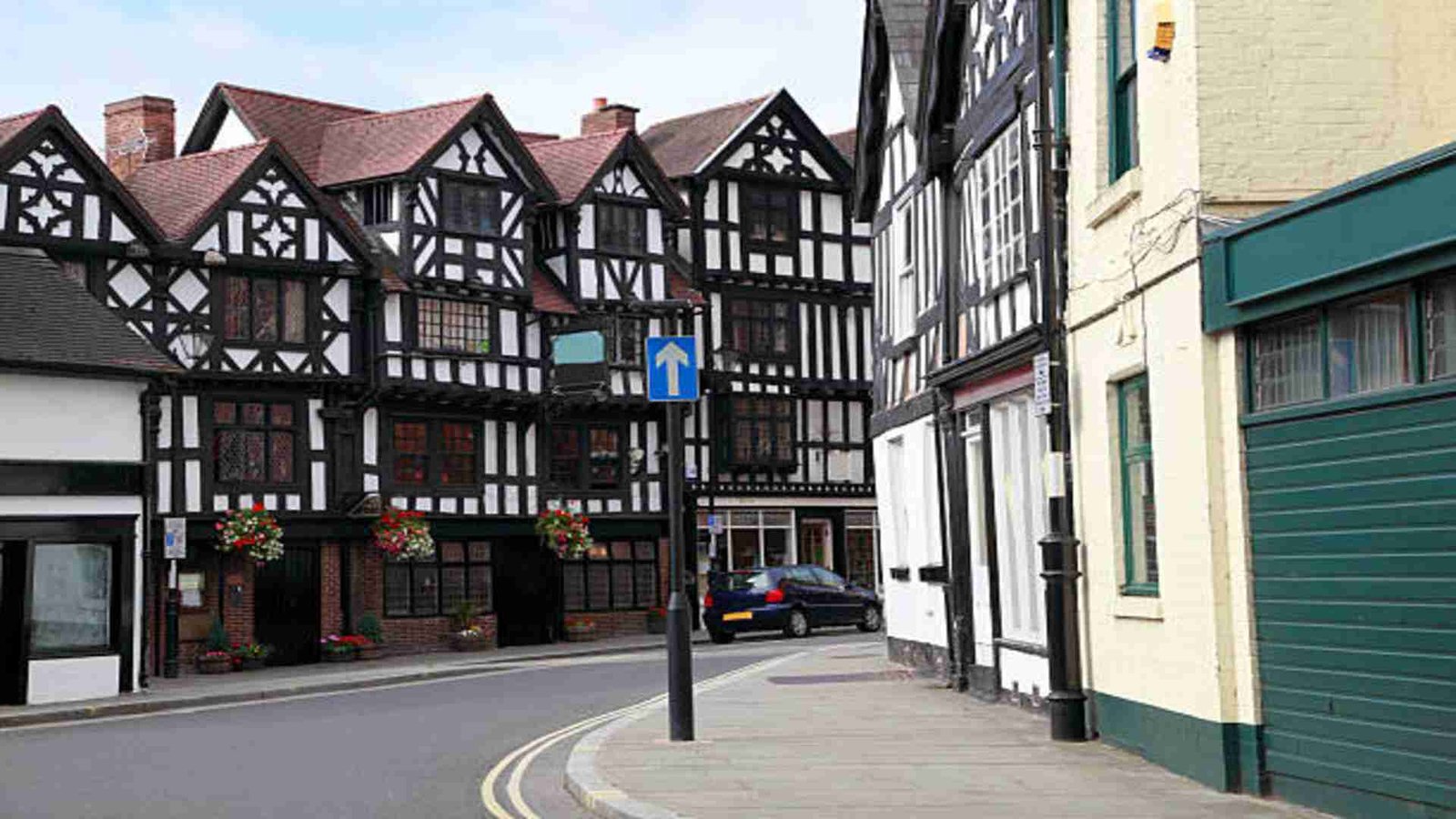
On old Route 66, Ludlow is a one-platform haiku: a siding, a café, a horizon that doesn’t blink. The BNSF mainline hums; freight snakes through lava fields toward the Needles Sub, and the sound carries like a slow drum. Stop here and the desert teaches you to read time by trains.
Hidden gem: Lavic Lake lava beds at golden hour; tracks carve a black-rock palindrome into the Mojave.
Insider tip: Bring a scanner or rail app and chase light, not trains—compose your frame, then let the consist enter like a punctuation mark.
Desert cue cards
- Windows: Oct–Apr sweet spot; summer is an endurance sport.
- Access: I-40 or 66; fuel and water before you arrive.
- Stay time: 1–3 hours of pure watchfulness.
- Do: Route 66 relics, lava flow pullouts, twilight freight watching.
- Spend: Coffee and pie; the view is free.
- Etiquette: Give railroad ROW wide berth; pack out everything.
- Photos: Long exposures at blue hour, heat-shimmer tracks at noon, headlight glow against basalt.
Conclusion:
Ultimately, railroad towns remind us that travel isn’t always about speed — it’s about connection, nostalgia, and discovery. These hidden gems blend history with heart, offering experiences that feel both timeless and new. As more travelers seek authenticity, railroad towns are quietly becoming the next must-visit escape — where every journey feels like stepping into a story still in motion




